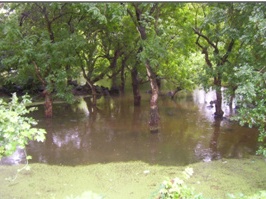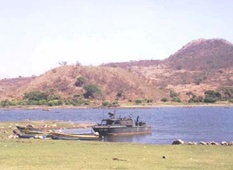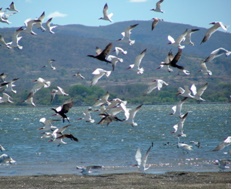El Salvador designates a lagoon complex
 The government of El Salvador has designated Complejo Güija (10,180 ha; 14°17'N 89°29'W) as its fifth Wetland of International Importance.
The government of El Salvador has designated Complejo Güija (10,180 ha; 14°17'N 89°29'W) as its fifth Wetland of International Importance.
This Ramsar Site includes the Protected Natural Area San Diego y San Felipe Las Barras, a lagoon complex and its surrounding flooded areas. A part of the Güija complex is also representative of the Central America Dry Tropical Forest ecosystem, which is considered threatened by World Wildlife Fund (WWF). This ecosystem sustains IUCN Red List endangered species like the thorny iguana (Ctenosaura flavidorsalis) and species listed in appendices I and II of CITES as Amazonia albifrons, Puma yagoaroundi and A. auropalliata.

The Site also records 59,000 water birds including migratory species such as Anas discors, Anas clypeata and Dendrocygna bicolor, and a high fish diversity that includes 14 native species from El Salvador. These natural resources support fishing at both commercial and subsistence levels as well as other main productive activities such as agriculture and tourism. Invasive species like water hyacinth (Eichornia crassipes) in some lagoons, the expansion of agricultural land, intentional burning, and water pollution due to the lack of sanitation system in the surrounding communities constitute the main threats for the Güija Complex.

A management plan for fisheries resources in the lagoon complex and a management plan for the protected natural area are currently being implemented for conservation actions within this Ramsar Site. Ramsar Site No. 1924. Most recent information: 2010.
Photos by Miguel Estrada and Nestor Herrera